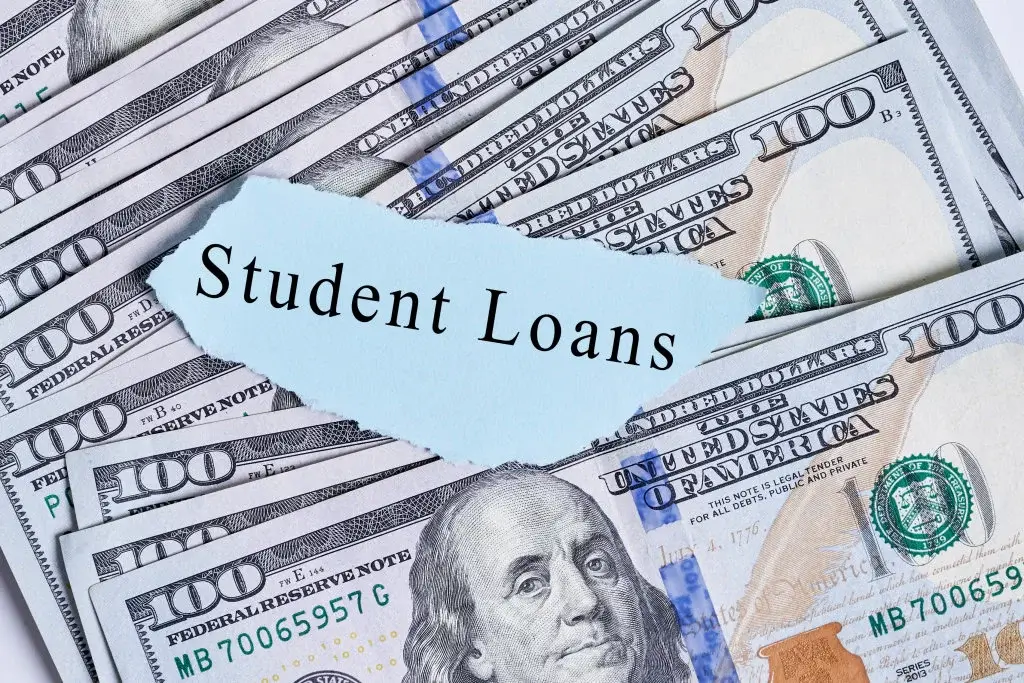Follow the trend

Managing student loan debt can be a significant financial burden for many individuals. Fortunately, student loan forgiveness programs offer relief by canceling or reducing loan balances for eligible borrowers. In this blog, we will provide a step-by-step guide on how to apply for student loan forgiveness, empowering you to navigate the process with ease and potentially alleviate your student loan obligations.
Before applying for student loan forgiveness, it's crucial to determine if you meet the eligibility requirements. Factors such as employment in certain public service fields or enrollment in specific repayment programs may qualify you for forgiveness. Research and familiarize yourself with the different forgiveness options available, such as Public Service Loan Forgiveness (PSLF) or Income-Driven Repayment (IDR) forgiveness.
Thoroughly explore the various loan forgiveness programs and their specific criteria. PSLF, for instance, forgives remaining loan balances after 120 qualifying payments while working full-time for a qualifying employer. IDR forgiveness, on the other hand, offers forgiveness after a specific period (typically 20 or 25 years) of consistent repayment under an income-driven plan. Assess which program aligns with your circumstances and goals.
To apply for student loan forgiveness, you will need to gather relevant documentation. This may include proof of employment, payment history, income verification, and other supporting documents specific to the forgiveness program you are pursuing. Ensure you have the necessary paperwork readily available to streamline the application process.
Each forgiveness program has its own application forms and submission requirements. Thoroughly read and complete the forms accurately, providing all requested information. Double-check for any additional supporting documents or certifications needed. Submit the completed application forms via the designated channels outlined by the forgiveness program.
After submitting your application, stay informed and maintain communication with your loan servicer or the forgiveness program administrator. Keep track of your application status and any subsequent requirements or updates. Stay proactive by responding promptly to any requests for additional information to avoid delays in the forgiveness process.
While waiting for loan forgiveness approval, continue making timely loan payments as required. Regularly monitor your loan balance to ensure accuracy and identify any discrepancies. Stay knowledgeable about your repayment options and explore opportunities to optimize your repayment strategy, such as enrolling in income-driven repayment plans to potentially reduce monthly payments.
Applying for student loan forgiveness can be a transformative step toward financial freedom for borrowers burdened by student loan debt. By understanding eligibility criteria, researching available forgiveness programs, and navigating the application process with careful attention to detail, you can increase your chances of obtaining loan forgiveness successfully. Remember to stay proactive, communicate effectively, and remain diligent in your loan repayment responsibilities.
Your email address and mobile will not be published.




